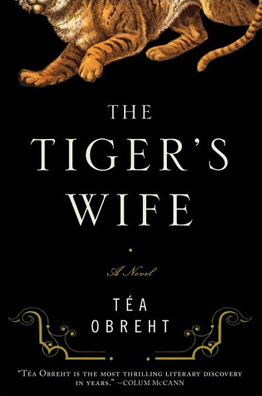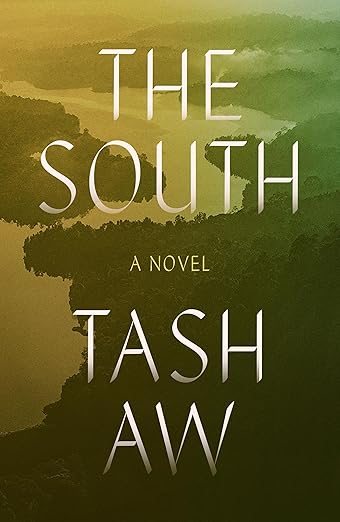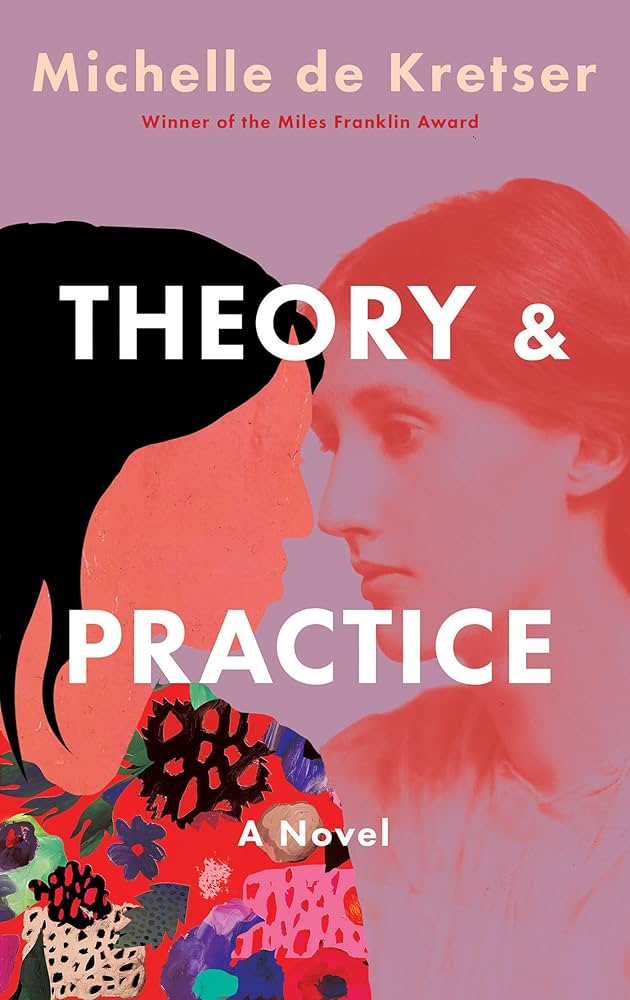Book by TÉA OBREHT
Reviewed by

For most of us, the war and subsequent breakup of Yugoslavia in the 1990s conjures memories of shaky news footage and the echoes of faraway landmine explosions. For the narrator of The Tiger’s Wife, a young doctor who grew up during the seemingly endless violence, those years were her childhood, defined not by what was lost, but by the simple ritual she shared with her grandfather: visiting the tiger at the zoo.
Author Téa Obreht infuses her first novel with everydayness, what people who haven’t lived through a war might call survival. The novel opens in the present with the news of Natalia’s grandfather’s sudden death. On her way to an aid mission at an orphanage across the border, Natalia receives a page from her grandmother with the news, and an accusation: “He was going to meet you.” But Natalia hadn’t heard from him and didn’t know anything about the supposed plan to meet, so the news comes as a double loss—grief, confusion, and a sense of betrayal. Where was her grandfather going and why did he lie?
It’s this mystery that sparks Natalia’s search for her grandfather’s story. Natalia begins, “Everything necessary to understand my grandfather lies between two stories: the story of the tiger’s wife, and the story of the deathless man.” It’s the “between” that she explores as she recounts, sometimes in her grandfather’s own voice, his relationships with these two fantastical people. But the urge to dig deeper, to locate the beating heart at the core of her grandfather’s story, incites her to look beyond what he told her himself. She travels to Galina, the remote mountain village where her grandfather grew up, and it’s there that she discovers, “if you are making your journey in a hurry, you are making it poorly.” Everything necessary to understand this beautiful novel lies in that maxim.
The Tiger’s Wife requires patience. This is an old fashioned kind of storytelling, rambling and expansive, but packed with beauty, loss, and lessons hard learned. Different story strands cut across one another, seemingly leading you away from the truth when really they are just taking you the long way round. The novel dips and weaves from present day bombings to the childhood of a long dead apothecary, from her grandfather’s first meeting with the deathless man, to his legendary career as a surgeon during the war. Along the way Obreht folds in details that at first seem insignificant—she loves to list, everything from the foods in a dinner spread to the smells a tiger picks out in the wind—but as the journey continues, these details add a lingering richness.
Early in the novel, on her trip to the orphanage, Natalia encounters a family of gypsies digging up a vineyard in search of their cousin’s body, temporarily entombed there during the war. An old village woman has told them that it’s “the body making them sick, the body calling out for last rites.” To wipe out the illness they need to “wash the bones, bring the body, leave the heart behind.” As a doctor, Natalia’s concern isn’t for the mines they might uncover in the vineyard, but for the sickly children and their compulsive coughing. Their parents refuse medical treatment in favor of herbal pouches worn around their necks, and Natalia sees their way of life as founded on nothing more than superstition, willful neglect of the truth.
Natalia, like her grandfather before her, fights an incessant battle between science and superstition. As doctors they see the world empirically, rationally; they look for explanations in symptoms and evidence. The difficulty, however, lies in the fact that they are inheritors of a culture whose people, “when confounded by the extremes of life—whether good or bad…would turn first to superstition to find meaning, to stitch together unconnected events in order to understand what was happening.”
Finally, with the help of the gypsies, and out of a need to make sense of her grandfather’s death, Natalia succumbs to superstition and the novel reveals itself in full. Each seemingly unconnected event, each storyline, is braided together to form a story greater than the sum of its parts. Obreht knows that sometimes questions must be answered with questions—Why did he go off without telling anyone? Did I ever tell you the story of the tiger’s wife?—because ultimately, there’s no way of knowing the truth. There’s only a way of preserving it.



